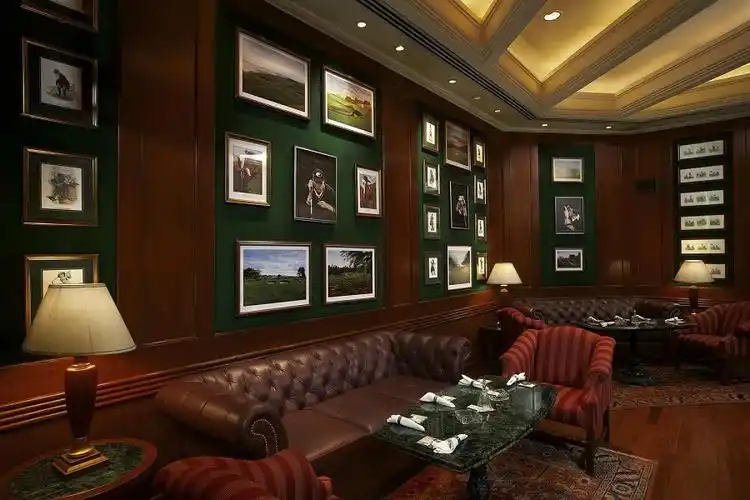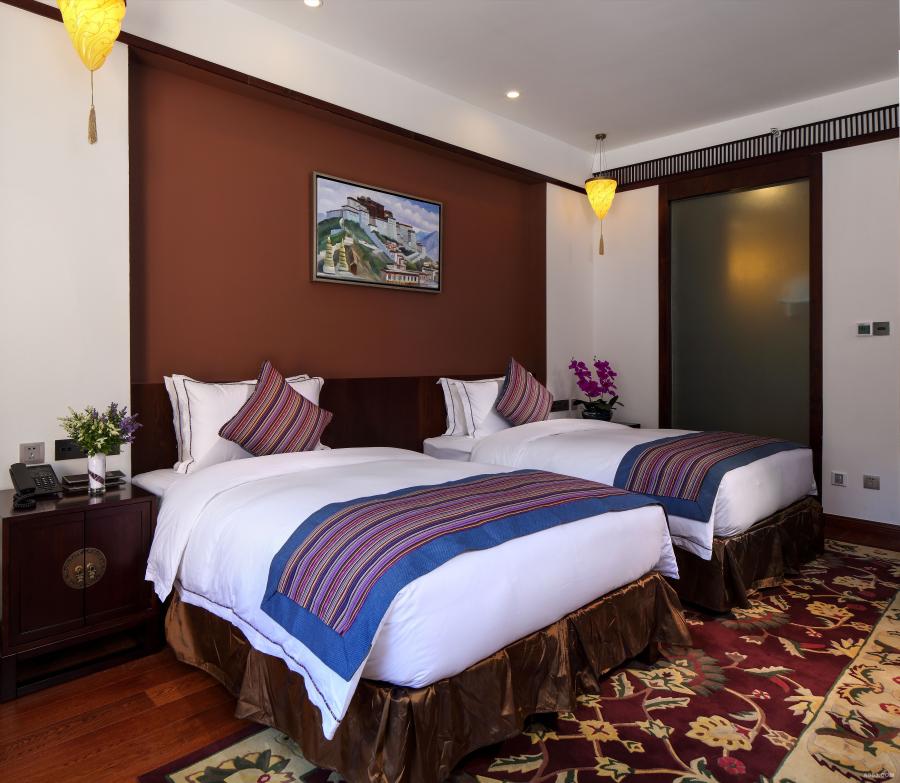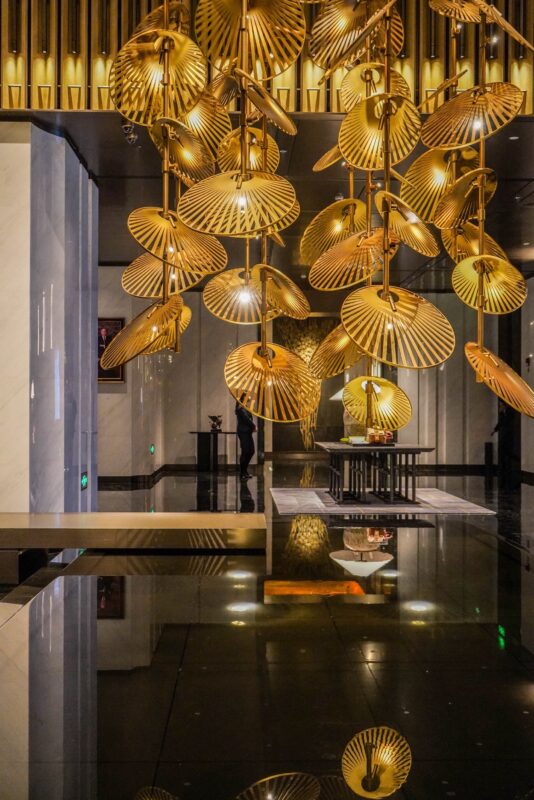Dafen oil painting Village
Hotel Art Design: A Fusion of Aesthetics, Culture, and Innovation

Hotel art design is more than just decoration; it’s a refined art that blends aesthetic appeal, cultural identity, and functional innovation to create an unforgettable guest experience. Rooted in the principle of “human-centered design,” it considers the unique needs of guests while enhancing the visual harmony of the space.
1. The Principle of Integration
Hotel art design integrates seamlessly with the interior environment, harmonizing creative expression with practical functionality. The key is to strike a balance between a designer’s personal style and the hotel’s overall aesthetic. This holistic approach ensures a cohesive and inviting atmosphere.

2. Embracing Formal Aesthetics
A beautifully designed hotel space must align with the principles of formal aesthetics, such as rhythm, symmetry, balance, and unity. These elements ensure that the space not only feels visually appealing but also resonates with guests’ subconscious desire for order and beauty, enhancing their stay experience.
3. Reflecting Contemporary Trends
Incorporating modern design trends is vital for staying relevant in today’s fast-evolving hospitality industry. By blending innovative materials, cutting-edge techniques, and dynamic forms with traditional design elements, hotel art becomes a bridge between timeless elegance and contemporary vibrancy.
4. Cultural Storytelling
Art design in hotels is a narrative medium, reflecting the rich cultural history and identity of its location. From regional craftsmanship to symbols of local heritage, culturally inspired elements make the design more meaningful and authentic. This approach appeals to travelers seeking unique, story-driven experiences.
5. Innovation as the Soul of Design
Hotel art design thrives on innovation. Beyond mere creativity, it’s about aligning the designer’s vision with the client’s goals and the space’s intended use. The best hotel art seamlessly marries artistic exploration with practicality, creating spaces that are both aesthetic and functional.
6. Eco-Friendly Design Choices
Sustainability is no longer optional in hotel art design. Embracing eco-friendly materials, integrating with the surrounding ecosystem, and promoting energy efficiency are essential practices. Designing with nature in mind fosters a harmonious relationship between guests and their environment.
7. Human-Centered Design
Above all, hotel art design prioritizes people’s needs—physically, emotionally, and psychologically. Whether it’s creating a calming environment for relaxation or energizing spaces for social interaction, the design should enhance well-being and resonate with guests on a personal level.


